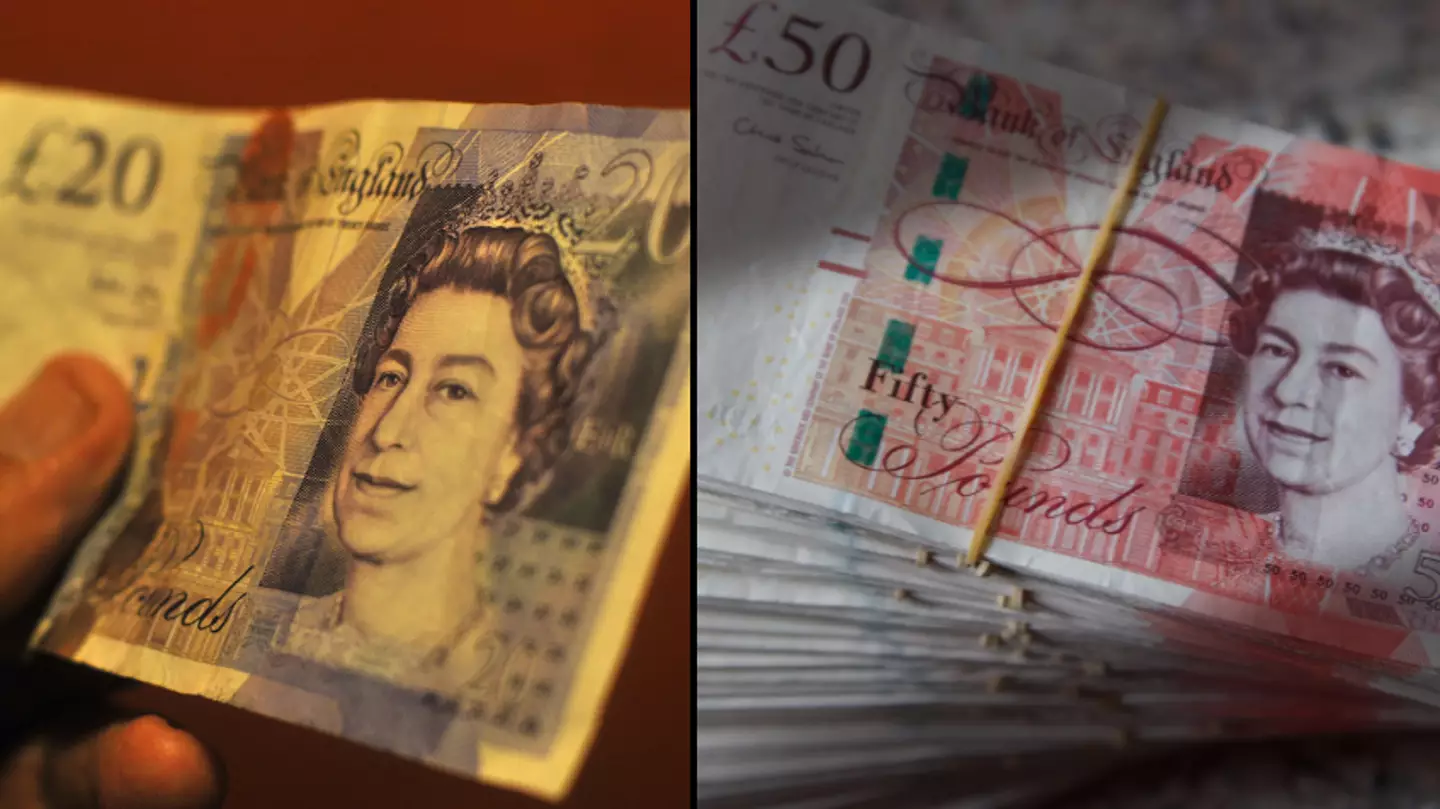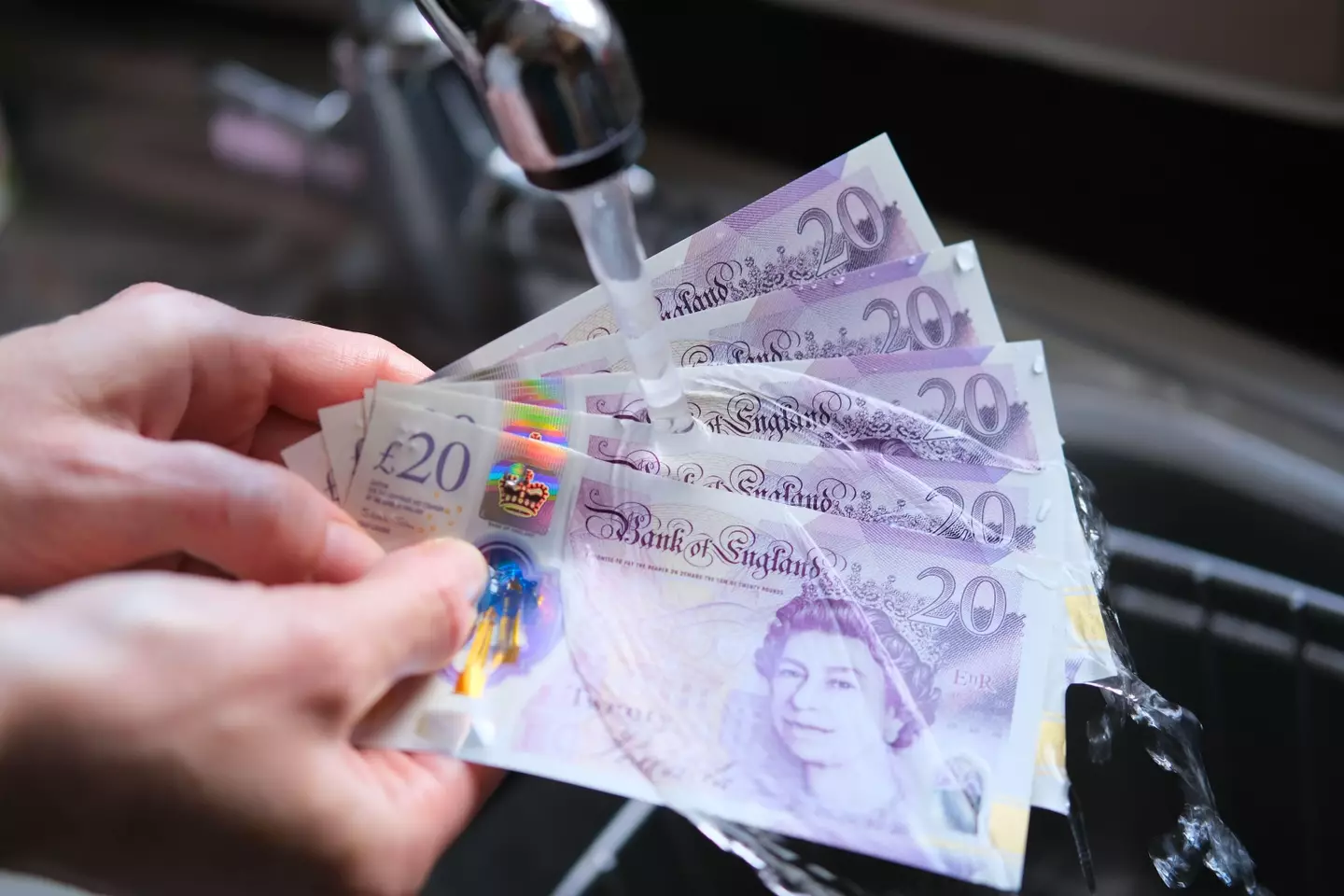
The Bank of England has announced that anyone with paper £20 or £50 notes must spend them by the end of September, which is 100 days from now.
Paper notes are due to be be replaced with plastic versions, in similarity to the £5 and £10 notes we’re now used to, which are not only more durable but harder to counterfeit.
Once 30 September has passed, paper £20 and £50 notes can no longer be spent in shops, although anyone with a UK bank account can still deposit them.
Advert
According to the BBC, there’s an estimated 163 million paper £50 banknotes still in circulation and 314 million £20 paper notes.

The Bank of England’s chief cashier, Sarah John, explained: “Changing our banknotes from paper to polymer over recent years has been an important development, because it makes them more difficult to counterfeit, and means they are more durable.”
Jones, whose signature will be on the new notes, added: “The majority of paper banknotes have now been taken out of circulation, but a significant number remain in the economy, so we're asking you to check if you have any at home.
Advert
“For the next 100 days, these can still be used or deposited at your bank in the normal way.”
Paper twenties and fifties issued by Bank of Scotland, Clydesdale Bank and Royal Bank of Scotland will also go out of circulation after 30 September, as will £20 and £50 notes from AIB Group, Danske Bank, Ulster Bank in Northern Ireland and Bank of Ireland.
Paper £50 notes are stamped with the face of economist Adam Smith while entrepreneur Matthew Boulton and engineer James Watt portraits are carried on paper twenties.
Last year, the first plastic £50 banknotes were issued and featured a picture of Alan Turing, the famous scientist and codebreaker.
Advert
The new notes are made out of polymer, which is a thin, flexible plastic that makes currency longer lasting and harder to fake.

The Bank of England notes: “The new polymer notes allow for enhanced security features, such as the see-through window and holograms. This makes them harder to counterfeit than paper notes.
“They’re stronger, too: a polymer fiver is expected to last two-and-a-half times longer than the old paper £5 note. Although, while our notes are stronger, they are not indestructible – so you should still take care of them.”
Advert
The Bank of England also claims that polymer notes are more environmentally friendly thanks to their longer lifespan, which has been backed up by The Carbon Trust, who have confirmed the carbon footprint of polymer £5 notes is 16 percent lower than paper fivers.
Featured Image Credit: Alamy